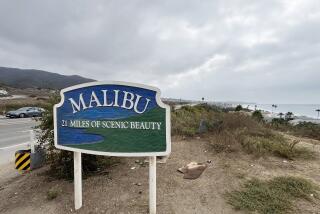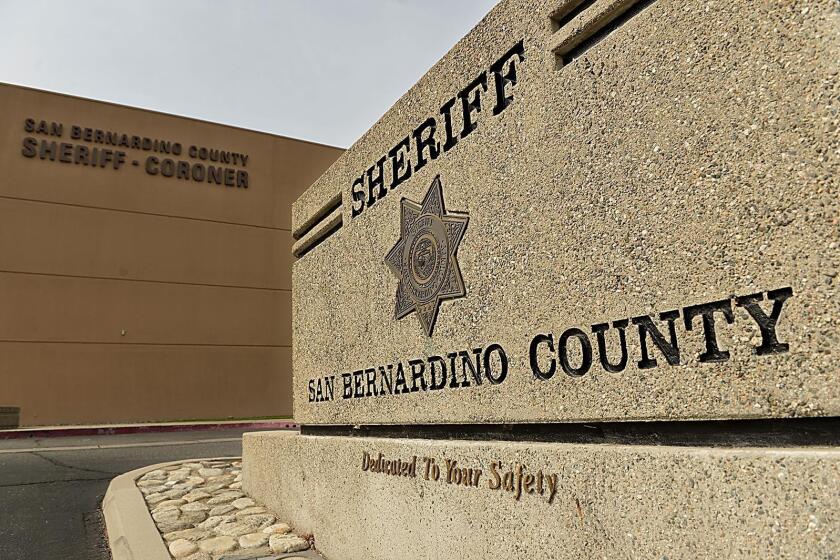Mammoth Lakes earthquake swarm tied to water pressure, tectonic stress
- Share via
The more than 600 earthquakes that have struck the Mammoth Lakes region over the last 24 hours are an indication of tectonic, not volcanic, stress, an expert said Friday.
At least 109 of the earthquakes were magnitude 2.0 or greater, with smaller quakes making up the bulk of the activity, said David Shelly, a seismologist at the U.S. Geological Survey’s Volcano Science Center. At least six, however, were greater than magnitude 3.0.
The largest, a 3.8 temblor six miles from Mammoth Lakes, occurred at 9:21 p.m. Thursday.
The swarm of quakes, which began Thursday in the 20-by-10-mile Long Valley caldera east of the central Sierra Nevada Range, isn’t uncommon for the region. About 200 small quakes -- the largest a magnitude 2.7 -- shook in Long Valley Caldera in July.
Still, Shelly said, “this one is a bit more energetic than what we have seen in a while.”
The earthquakes may have been triggered by water pressure from area hot springs shifting through the ground surface, stressing tectonic plates. Scientists, Shelly said, are closely watching the earthquake swarm, but don’t believe it’s connected to any magmatic activity.
Shelly said seismic analysts plan to review the swarm and update locations and magnitudes of the quakes, but the activity is not nearly on the size and scale of what was measured in the 1980s and 1990s.
In the 1980s, the area was hit with a swarm of multiple 6.0-magnitude temblors, but they were overshadowed by the Mount St. Helens eruption in Washington, Shelly said.
A decade later, in 1997, the area was rocked with another series of mostly 4.9-magnitude quakes over the course of several months.
The Long Valley caldera is one of the most seismically active regions in the state, and is part of a quiet network of 17 volcanoes throughout California. Many of the older volcanoes haven’t been active for thousands of years.
The last time the Long Valley caldera erupted was 50,000 years ago.
Some volcanoes, like the Clear Lake Volcanic Field just 90 miles north of San Francisco, and Salton Buttes, which lies within the Salton Sea Geothermal Field 90 miles east of Palm Springs, experience some seismic activity, but nothing near the shaking in the Long Valley caldera.
“We are not having any eruptions in California ... in the near future,” Shelly said.
Scientists rate a volcano’s potential threat by assigning one of three different categories -- high to very high, moderate, or low to very low.
The USGS created the measurement to ensure hazardous volcanoes are monitored so scientists can better develop forecasts and warnings for residents.
The Long Valley caldera carries high to very high threat potential, likely because it rests near the community of Mammoth Lake.
The breakdown for the rest of California’s volcanoes:
High to very high threat potential
Clear Lake Volcanic Field
Lassen Volcanic Center
Medicine Lake
Mono-Inyo Chain
Mount Shasta
Salton Buttes
Moderate threat potential
Coso Volcanic Field
Soda Lakes (NV)
Ubehebe Craters
Low to very low threat potential
Brushy Butte
Eagle Lake Volcanic Field
Golden Trout Creek Volcanic Field
Lavic Lake Volcanic Field
Silver Lake Volcanic Field
Tumble Buttes
Twin Buttes
For breaking news in California, follow @VeronicaRochaLA. She can be reached at veronica.rocha@latimes.com.
More to Read
Sign up for Essential California
The most important California stories and recommendations in your inbox every morning.
You may occasionally receive promotional content from the Los Angeles Times.










